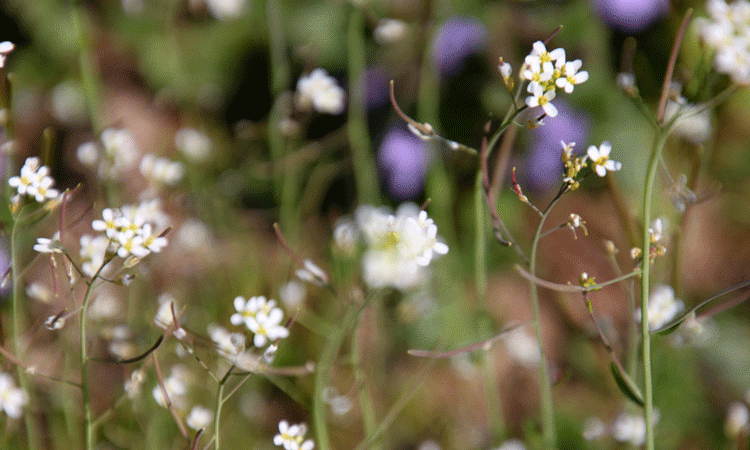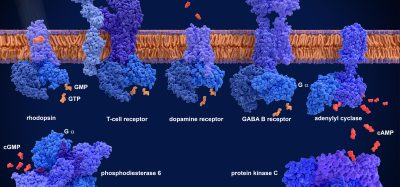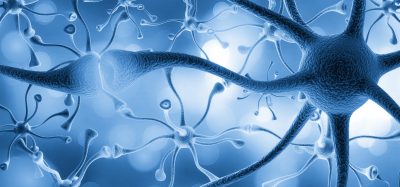Novel antibiotics can be found on common weeds
Posted: 31 July 2018 | Drug Target Review | No comments yet
The team studied chemical compositions in detail and from one strain of bacteria several antibiotically active chemical substances were discovered…


Researchers funded by the Swiss National Science Foundation have discovered novel antibacterial chemically active substances in the leaf of a common weed. Many antibiotics used today were developed from natural products made by bacteria against other bacteria and were primarily found in soil.
As part of the National Research Programme ‘Antimicrobial Resistance’, researchers at the Institute of Microbiology at ETH Zurich turned to leaves to investigated bacterial strains from the leaf surface of Arabidopsis thaliana (thale cress) which grows in the wild.
More than 200 different bacterial strains were identified on the phyllosphere of A. thaliana. Despite the decoding of the genomes of these strains, only a few have been analysed.
Professor Julia Vorholt commented, “We applied bioinformatics techniques to investigate gene clusters that are able to control the production of substances and could thus have an effect on other bacteria.”
To identify the effects, Prof Vorholt, together with Professor Jörn Piel conducted laboratory experiments, finding 725 antibiotic interactions between various strains, that prevent some bacteria from multiplying.
“The big question we had was obviously whether we had simply found natural products that are known from other habitats, or whether we had stumbled onto compounds with totally new characteristics,” said Prof Piel.
The team then studied the chemical compositions in detail, to determine whether the compounds were new antibiotics. From a single strain of bacteria, Brevibaccillus, several antibiotically active chemical substances were discovered.
One substance which was named macrobrevin, exhibited a completely novel chemical structure.
“Now we need to clarify whether macrobrevin and other newly discovered substances are also effective against bacteria that cause disease in humans,” said Prof Piel.
“I have no doubt that this incredibly diverse ecosystem will provide medical science with many new approaches. Our findings confirm that it is worth expanding the search for antibiotics in nature.”
It is an exciting possibility, he says, and having an unexplored phyllosphere that potentially contains untapped antibiotically active natural products could be extremely beneficial in targeting the current antibiotic resistance crisis.
Related topics
Antibiotics, Bioinformatics, Disease Research, Drug Discovery, Drug Discovery Processes
Related organisations
Institute of Microbiology ETH Zurich








